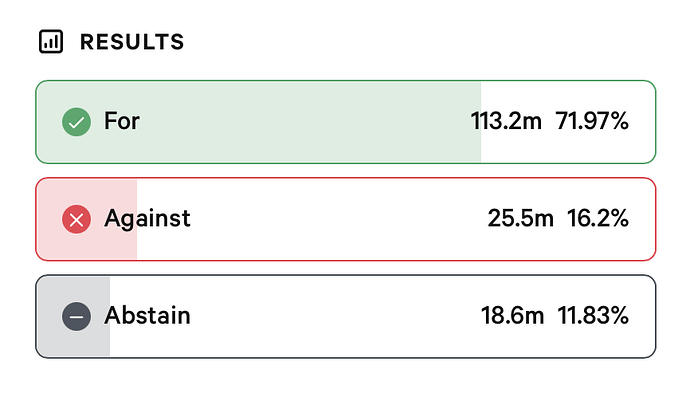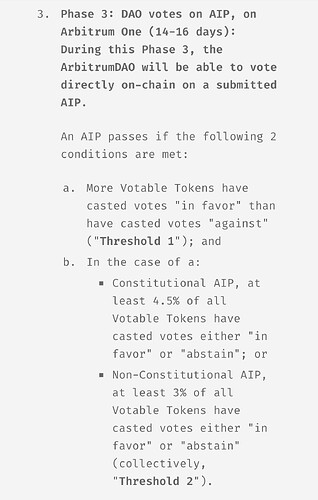A number of the critiques raised here seem to focus on two points:
- Past yield performance relative to simple staking benchmarks
- A lack of granular allocation justification.
We believe both criticisms miss the mark and, in fact, run counter to the operational efficiency benefits that the ATMC structure was designed to deliver.
First, the yield history being cited stems from allocations that were made prior to the ATMC structure. Those allocations were heavily shaped by DAO input, with delegates explicitly requiring that Entropy prioritize ecosystem growth opportunities even when those choices came at the expense of yield and purposefully designed growth. It is not accurate to retroactively hold those outcomes against the current ATMC framework, which was created precisely to remove this type of slow, political, DAO-led allocation process.
Second, on the question of “why not just stake and earn more yield,” this frames treasury management as a false binary. In practice, yield and ecosystem growth are tradeoffs, and there are many cases where growth-aligned capital deployment through Protocol-Owned Liquidity makes far more sense than either pure staking or direct grants. For example: if a major lending market upgrade or exchange partnership earn product exclusively launching with Arbitrum requires ETH liquidity directed to a market in order to close, the DAO may be better served by deploying ETH directly at a modest APR rather than issuing a grant. The opportunity cost of 1–2% foregone yield is often far smaller than the cost of an incentive program to achieve the same result.
In terms of transparency around performance we have all of the funds tagged and tracked on a dashboard accessible to anyone (see here and here), provide regular updates on open DAO calls when appropriate, and have a dedicated thread on the forum where we post monthly updates and other relevant information to treasury management. Additionally, Entropy hosts bi-weekly office hours where anyone can join to ask questions on treasury management. We spend an exuberant amount of time each month simply providing information and remaining transparent, and as mentioned already, we cannot even move any funds without approval from the DAO-elected OAT and Arbitrum Foundation (custodian). We also scheduled a call for Thursday October 9th at 9am ET. Finally, we aim to do a better job in our reporting at segregating yield focused and growth focused allocation per the suggestions of Reverie. This is a great flag and will be addressed, our reporting will include as many details around justification as possible, though note at times NDA/private deal structures prevent it.
Finally, the governance structure itself already addresses the concern that decisions could be made unilaterally. The OAT, an elected body, serves as the check and balance. Entropy proposes allocations and will at times decide that the value of growth is worth lower risk-adjusted yield; the OAT reviews, approves, or rejects them. This is the mechanism through which the DAO retains oversight without dragging every operational decision back into a forum-level RFP debate.
In short, the ATMC was designed to (i) remove inefficiency, (ii) enable responsive treasury management, and (iii) balance yield and growth in a way that grants alone cannot. To vote on this proposal without analyzing the context of why the ATMC exists in the first place does Arbitrum a disservice, and foregoing yield in hopes of higher yield is net bad for the ARB token.

